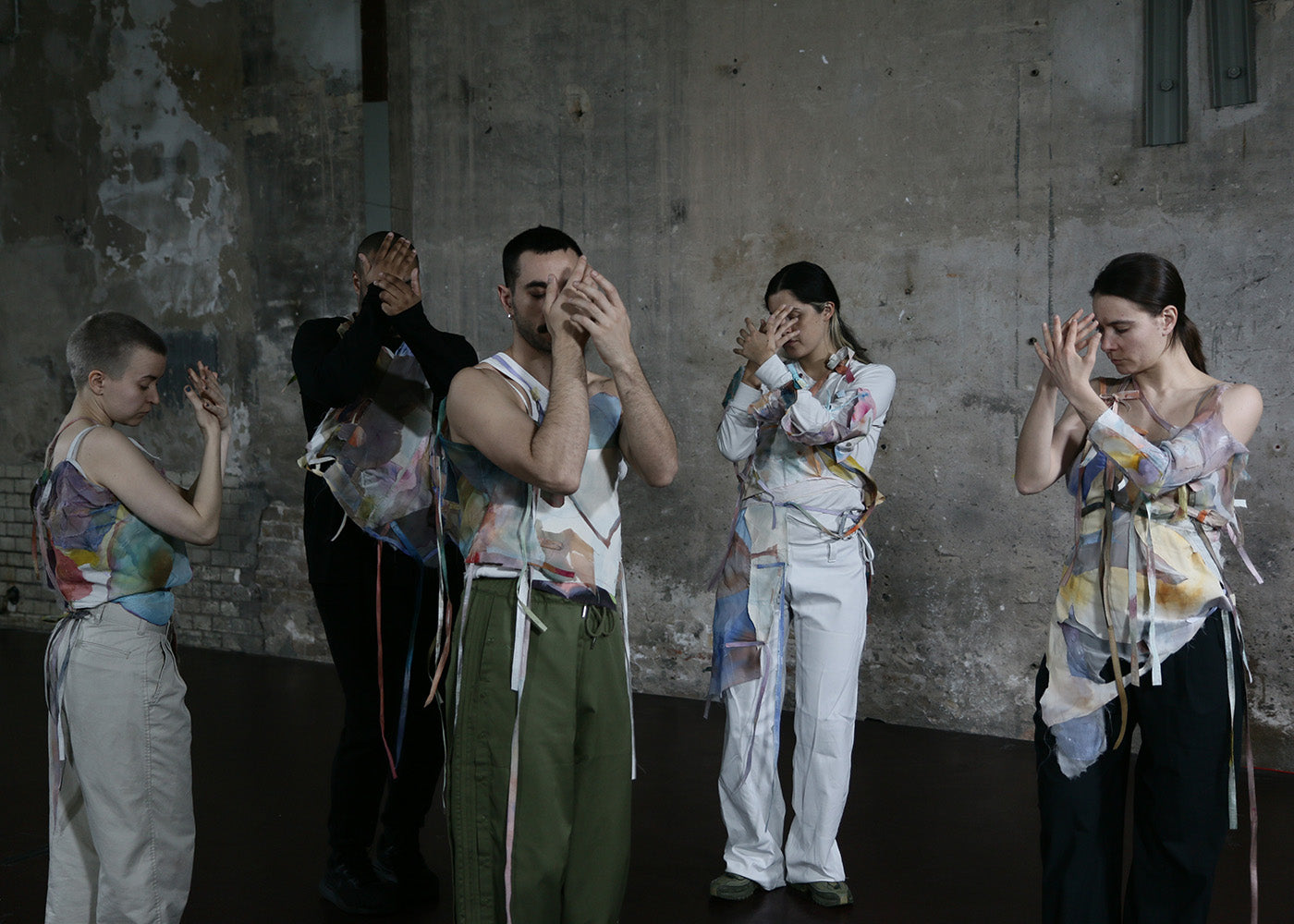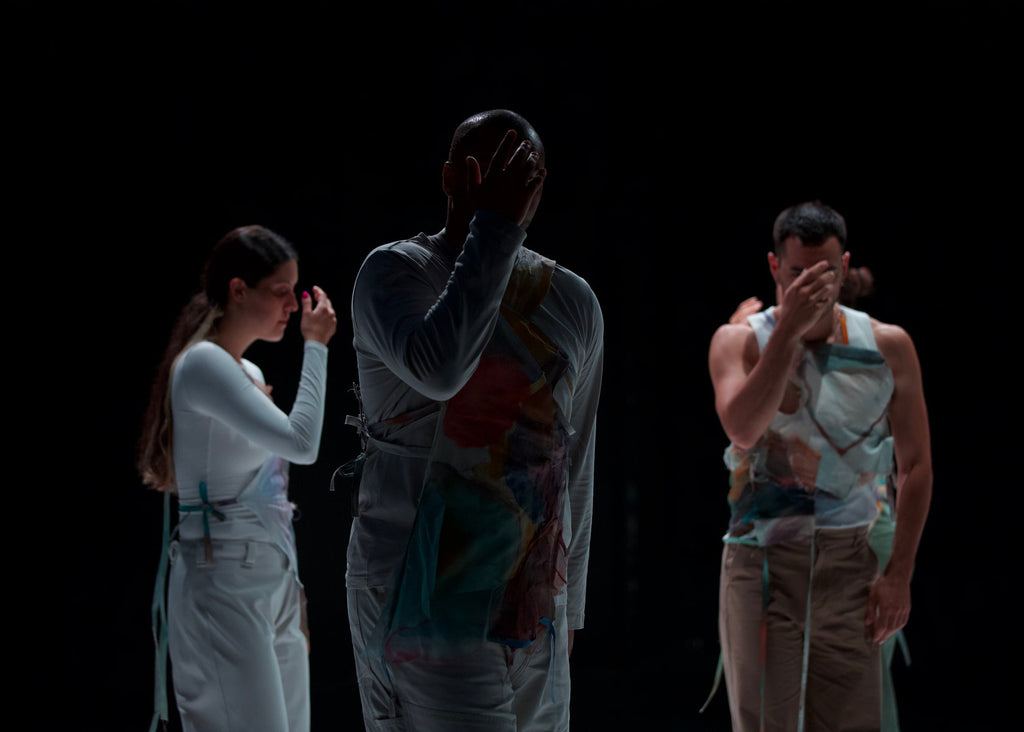Dancing in Circular Time
Amrita Hepi, a choreographer with Bunjalung and Ngāpuhi roots, has come a long way from her home in the Pacific.
Continue Reading
World-class review of ballet and dance.
Semantic satiation is the psychological phenomenon in which repetition causes a word or phrase to temporarily lose meaning for the listener. Try saying a word over and over again and eventually it may hit your ears like an abstract sound rather than a familiar part of your vocabulary. While watching Armin Hokmi’s “Shiraz” at the Seoul International Dance Festival I felt what I can only describe as corporeal satiation: when a movement is repeated to the point of losing meaning, but in the loss there was phenomena.
Performance
Place
Words



“Uncommonly intelligent, substantial coverage.”
Your weekly source for world-class dance reviews, interviews, articles, and more.
Already a paid subscriber? Login

Amrita Hepi, a choreographer with Bunjalung and Ngāpuhi roots, has come a long way from her home in the Pacific.
Continue ReadingSir Kenneth MacMillan began his choreography for “Manon” with the pas de deux, and from this shining, central point spun outward. Building the story from its heart, almost as if from the inside out, the pas de deux reveals not only the emotional connection between the two dancers, but their place in the world.
Continue ReadingIf the ballet world now seems inundated with Dracula productions, Frankenstein adaptations are a rarer sight.
Continue ReadingIt’s amusing to read in Pacific Northwest Ballet’s generally exceptional program notes that George Balanchine choreographed the triptych we now know as “Jewels” because he visited Van Cleef & Arpels and was struck by inspiration. I mean, perhaps visiting the jeweler did further tickle his imagination, but—PR stunt, anyone?
Continue Reading
comments